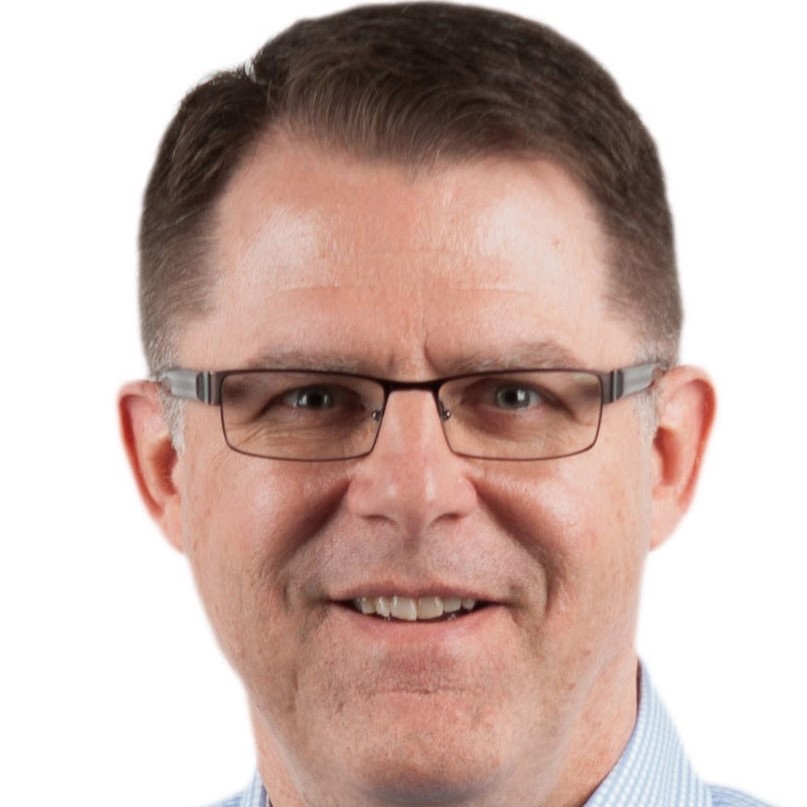A river flows. A swamp stagnates.
A river gathers strength. A swamp generates stench.
A river provides energy. A swamp fuels decay.
A river identifies a path much traveled. A swamp invites aimless wandering.
A river has boundaries that provide direction and generate power. A swamp is a featureless morass that easily entangles and consumes.
Building Boundaries in my Life & Business
As a strategy leader for a multi-billion dollar business and now a mentor to embryonic businesses at a local startup incubator, we coach leaders to define the boundaries of their business. Personal mentors–authors, pastors/priests, coaches/bosses–often urge us to do the same in our personal lives. This exercise is both superficially simple and deeply difficult. There is a tendency to define ourselves and our business by what we do (i.e. our professional vocation, community role, the products we sell or the services we provide). However, highly successful businesses dive below the surface to define why we do it and often think in terms of the desired outcome in the lives of family, friends, colleagues, customers and suppliers.
Even if we can get below the surface to develop a richly fruitful understanding of what we do and why we do it, we face continual challenges in living up to what we believe defines us.
Why is it so difficult?
I touched on part of the challenge in Beliefs, Behaviors and Branding. Beyond that, human nature instinctively resists the imposition of boundaries. Boundaries restrain our freedom to explore. Boundaries confine us to the mundane. Boundaries limit our options. The idea of going anywhere, doing anything and being anybody sounds seductively liberating. But, in most cases we simply don’t like being told what to do.
Why boundaries matter?
Whether we like it or not, individuals and businesses remain subject to natural laws. One such reality is that every individual and business faces the reality of limited resources in every dimension. Well defined boundaries for our businesses and lives avoid the wasteful spending of our limited resources. Aligning our beliefs and behaviors provides the focus that generates exponential returns from our investments of time, talents and treasures ($$$). Consequently, it becomes crucial to define who we are, what we do and why we do it so that we are equipped to recognize and rebuff ideas and invitations that fall outside our boundaries. We must reframe those crossroads questions; not can we do it, but should we do it.
Putting it into Practice.
- Create a written list of your own resources
- Carve out some reflective time to define (or update) your boundaries in writing — things you will (and won’t) do in life or business; this might be in the form of a mission statement, a list of values you cherish.
- Periodically test the alignment among your beliefs, boundaries and behaviors (at least annually)
Thanks to @BuddyHoffman for the reference to rivers & swamps that got my mind moving down the track of this topic.
